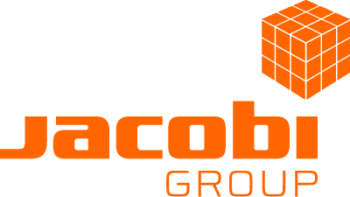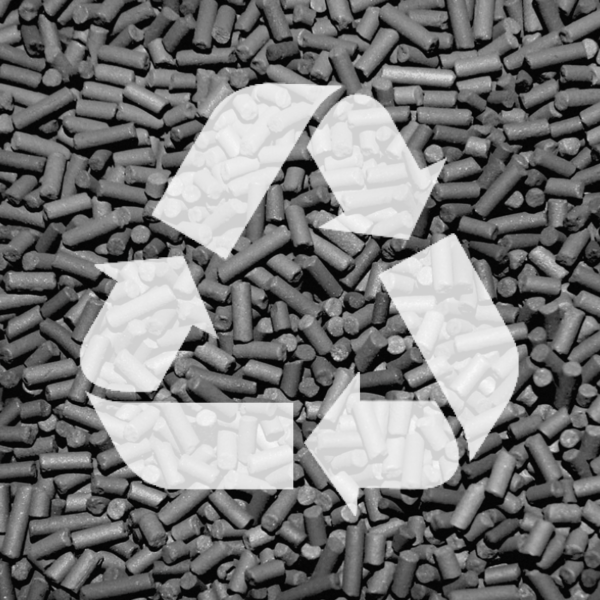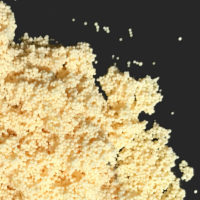Glycerine, also known as glycerol, is a colourless, odourless, viscous liquid that is sweet-tasting and non-toxic. Glycerine is a simple polyol compound that is found in lipids (for example, vegetable oil or animal fat) and is produced on an industrial scale in soap manufacturing by saponification or during biodiesel production by a transesterification reaction.
GLYCERINE: MOBILE FILTERS
AquaFlow™
The AquaFlow™ mobile filters, activated carbon and ion exchange resins have a long history in the glycerine purification processes. Some glycerine producers still use powdered activated carbon, but most are eager to convert of granular activated carbon to reduce the activated carbon consumption and the glycerine losses.
GLYCERINE: SOLUTIONS
Auxiliary equipment and additional services
In addition to mobile filters and different media, Jacobi Services also offers various items of auxiliary equipment and additional services, including:
A series of removable insulation jackets with electrical heat tracing in order to avoid cooling of the liquid and to avoid freezing of water in colder regions to suit the AquaFlow™ range industrial filters.
Isotherm testing with the user in order to compare the effect of powdered activated carbon with granular activated carbon.
Rentable AquaFlow™ industrial filters for onsite representative pilot testing. This avoids the need for capital expenditure.
GLYCERINE: PRODUCTS
ColorSorb™ 630
ColorSorb™ 630 is a high activity granular activated carbon for the removal of colour from a wide range of liquids, including industrial process streams and foodstuffs. This enhanced product has a highly developed transitional pore structure resulting in outstanding performance for the adsorption of medium-to-high molecular weight compounds.
GLYCERINE: ION EXCHANGE RESINS
Resinex™
The ion exchange resins are usually installed after the final activated carbon treatment to remove the salt from the glycerol, usually using an ion exclusion chromatography. Since salt concentrations are too high for conventional ion exchange, it can be done by ion exclusion chromatography with fine mesh gel type ion resins (+/- 300 µm) using strong acid cation resins in sodium form. Downstream is the chromatographic separation step. The raffinate can be polished using standard ion exchange demineralisation technology with Resinex™ TPS-1000 column, which removes residual cationic impurities, followed by Resinex™ TPS-2016 column which removes residual strong acid salts.
GET IN TOUCH
Fill out the short form below and or team will be in touch.






